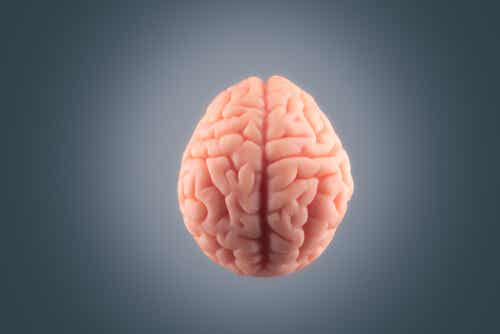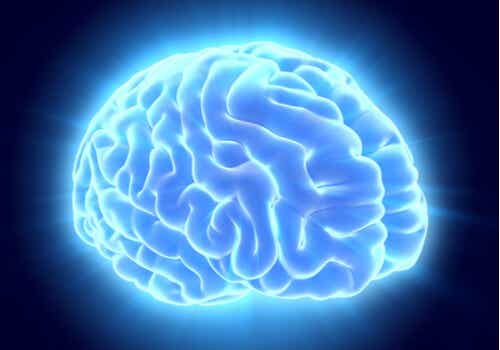Our Archaic Brain Is Still Important Today


Written and verified by the psychologist Fátima Servián Franco
We should try and train our millennial brains. That’s because, although our archaic brain tries to protect us, the alarm signals it sends often make little sense in the world in which we live today.
Our ancestors lived in a hostile environment with incessant threats. For this reason, our brains developed extremely useful mechanisms. These were consolidated in the cerebral cortex. This is the area that allows us to think, dream, remember, believe, and anticipate.
Our emotional brain governs everything, even the emotions that allow us to survive. For example, we have a highly developed ability to foresee and remember what’s bad. Furthermore, we know that certain emotions have the power to hijack our attention system.
One of the problems is that the energy we waste on worry could be used for reflection and creativity. Therefore, we need to understand the basic mechanisms of the mind so that we’re able, in effect, to update our brains. Indeed, research claims that with our habits we can influence the configuration of our brains.
“We think basically you watch television to turn your brain off, and you work on your computer when you want to turn your brain on.”
-Steve Jobs-

Our brains have primitive defense mechanisms
The Portuguese writer, José Saramago, explained that, although he wasn’t a philosopher or scientist, he didn’t believe that the principles of evil or good existed. The only thing he thought he knew was that everything was contained inside our brain. It’s certainly true that our archaic brain contains a defense mechanism that’s capable of denying realities that our body wouldn’t be able to bear.
On the other hand, our brain becomes disoriented when it comes to generating alarms and operating in a routine with poor physical exercise. This malfunctioning defense mechanism is at the base of many anxiety disorders.
“If the human brain was simple enough for us to understand, we would be so stupid that we couldn’t understand it.”
-Jostein Gaarder-
The primitive brain, 250 times faster than the rational brain (Antonio Damasio, 2009), is also known as the reptilian brain. It involves our survival instinct. The decisions or inclinations of the reptilian brain are accompanied by great energy. Therefore, it’s extremely difficult to counteract them.
Several scientists claim that the reptilian brain, that’s more than 400 million years old, is the one that dominates and decides what we do. In fact, it seeks the most immediate benefits. Furthermore, they suggest that training our brain, taking advantage of its plasticity, could help us improve certain aspects of our archaic brain. For example, decision-making.
Neuroplasticity is the potential for our nervous system to modify itself to form nerve connections in response to new information, sensory stimulation, development, dysfunction, or damage.

Our brains can be reprogrammed
Although our archaic brain is ancient, its knowledge and intelligence can be systematically expanded. Add to this the fact that mind and matter aren’t separate. Furthermore, as humans, we can use our will, knowledge, and intelligence to influence our physical world.
From our brain comes joy, pleasure, laughter, sorrow, pain, dejection, and regret. It’s possible to change our mentality by creating new connections or ‘wiring’ in our brain and strengthening it with our thinking.
In general, neuroplasticity is usually associated with learning that takes place in childhood. However, it goes further.
As a matter of fact, there are various biochemical and physiological components behind the process of neuroplasticity. This leads to different biomolecular chemical, genomic, and proteomic reactions that affect our behavior.
All cited sources were thoroughly reviewed by our team to ensure their quality, reliability, currency, and validity. The bibliography of this article was considered reliable and of academic or scientific accuracy.
- Immordino-Yang, MH, McColl, A., Damasio, H. y Damasio, A. (2009). Correlatos neurales de la admiración y la compasión. Actas de la Academia Nacional de Ciencias , 106 (19), 8021-8026.
- Vieira, M. V. G., & Escudero, J. C. S. (2014). Neuroplasticidad: aspectos bioquímicos y neurofisiológicos. Ces Medicina, 28(1), 119-132.
This text is provided for informational purposes only and does not replace consultation with a professional. If in doubt, consult your specialist.








